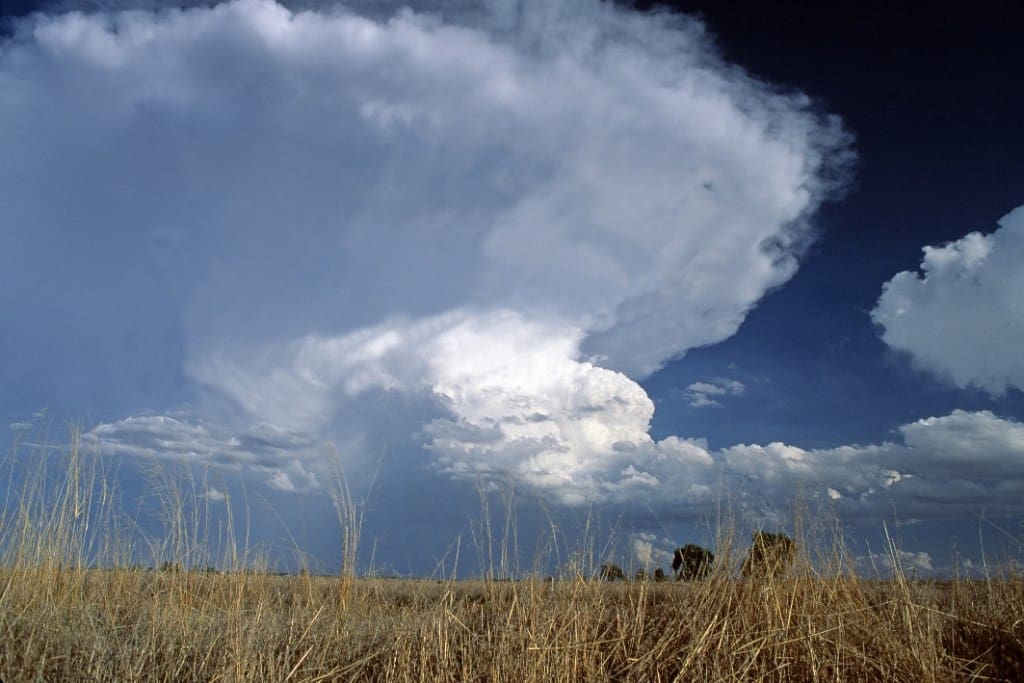
More rain is expected in late 2020 with La Nina conditions.
AUSTRALIA’S positive seasonal outlook is expected to limit downside risk in lamb prices, according to the latest NAB Rural Commodities Wrap.
NAB Agribusiness economist, Phin Ziebell, said lamb prices have rebounded since late August, with trade lamb now around 750c/kg, similar to year-ago levels. “
“(The) Spring flush is now kicking in, but we now expect the seasonal outlook to limit downside price risk to some extent.”
However, Mr Ziebell said wool has suffered through a tough year, although auction results have been better recently with EMI back over 1100c/kg clean.
“Nonetheless, we remain concerned about demand fundamentals over coming months and perhaps years.”
The bank this week reported that its NAB Rural Commodities Index was up 5.8 percent year-on-year in September, driven by good seasonal conditions and largely encouraging price trends.
With indications of a La Niña weather pattern growing, increasing the likelihood of a wetter than average spring-summer conditions in eastern and northern Australia, Mr Ziebell said increased rainfall means more grass and higher restocker demand for cattle, more inflows into depleted water storages and potentially higher grain yields.
“Historically, La Niña events have led to increased wheat production.
“This season, we expect an Australian wheat crop around 28 million tonnes – the biggest crop since the 2016 record,” he said.
“La Niña can also lead to below average yields in the United States (US), which may see upward pressure on prices.
“While global wheat prices have rallied to six-year highs, this is largely due to dry conditions in Russia and ongoing COVID-19 concerns in the US and Europe as they enter challenging winter conditions,” Mr Ziebell said.
“We see the international rally as welcome support to Australian prices, which we expect to be in the low $300s range at harvest.”
Reflective of the fastest run-up in cattle prices in Australian history, the Eastern Young Cattle Indicator (EYCI) has been setting new records all year, the latest being 801c/kg.
“With the EYCI now at record levels, good rainfall in Queensland may push prices even higher, yet prices remain detached from global fundamentals, with demand in the US and Europe dependent on COVID-19 infection levels,” Mr Ziebell said.
“The next six to 12 months will be a time of heightened price volatility risk.”
Mr Ziebell said overall, the NAB Rural Commodities Index fell 1.6pc in September.
“Yet Australian agriculture holds good stead in 2020, a remarkable achievement given the conditions facing the rest of the Australian and global economies.”
Click here to download the Rural Commodities Wrap (PDF).

HAVE YOUR SAY